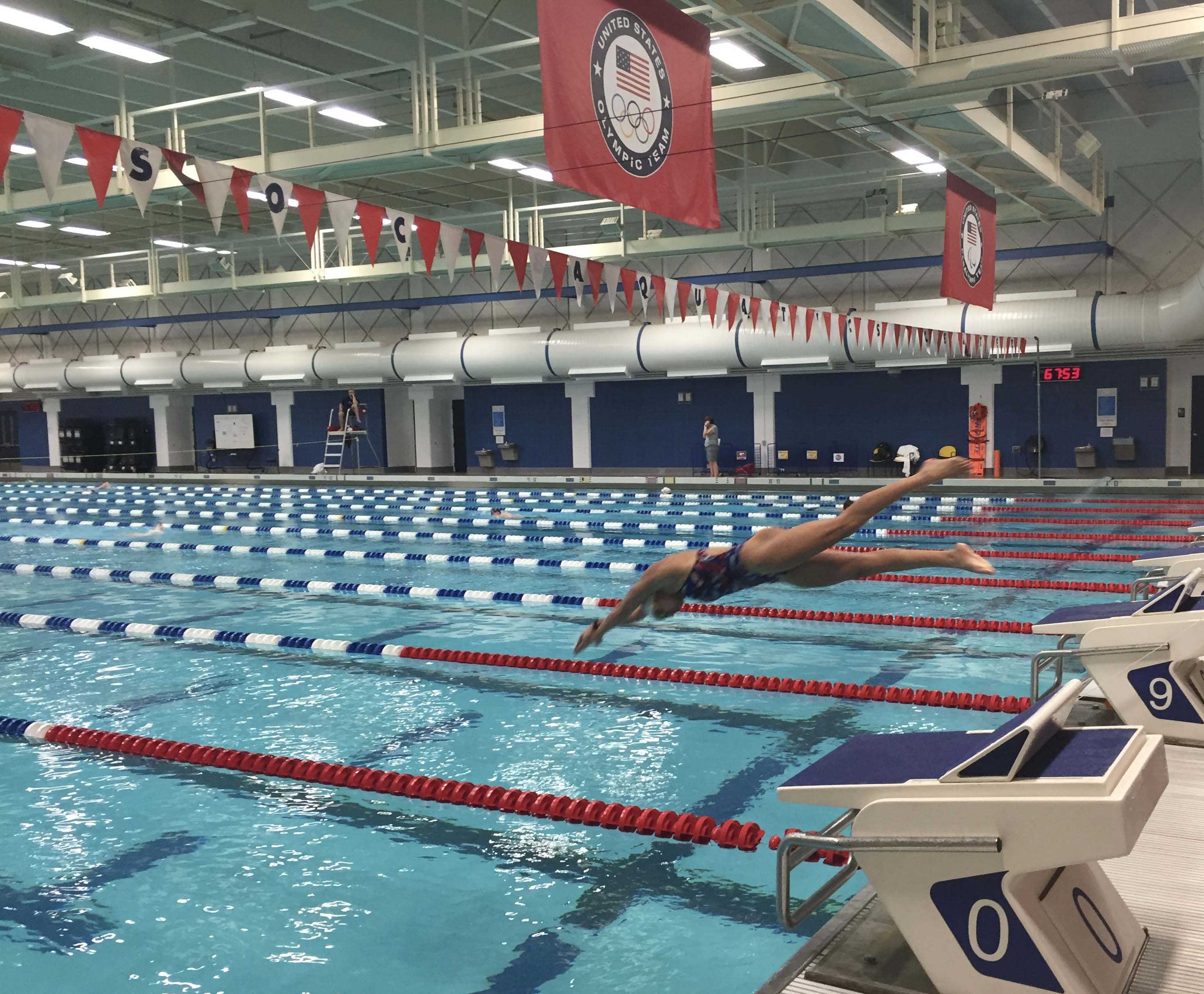Editor’s Note: This is the first in a monthly blog series written by Paralympic swimmer and former Magee patient Michelle Konkoly as she prepares for the 2016 Paralympic Games in Rio de Janeiro, Brazil.
Today, January 27, 2016, marks exactly five years since my first day as a patient on the 5th floor of Magee. Now, five years later, I’m a professional athlete training full-time for the 2016 Rio Paralympic Games. How did I get from point A to point B? It’s been an amazing journey that has taken me around the world, introduced me to people who defy all possible odds, and taught me the true meaning of determination, optimism, and will. I’ll be blogging each month to give you a glimpse of what my life looks like leading up to the Paralympic games this September! But first, a little background so you know how my journey began.
In January 2011, I was a freshman at Georgetown University and as a Division I swimmer and pre-med student. I never expected to be spending my spring semester in a rehab hospital. While trying to open my dorm room window one night, I slipped and fell five stories to the ground: life as I knew it would never be the same. The fall left me with countless broken bones, a shattered L2 vertebrae, and a damaged spinal cord. After three surgeries and six months of rigorous rehab at Magee, I re-learned how to walk, though I was left with permanent weakness in my legs.
My passion for swimming never ceased during my recovery, though, and I was eager to get back in the water as soon as possible. Before my accident, I had never even heard of the Paralympics. In case you haven’t either, the Paralympic Games are just like the Olympic Games, but all athletes have a permanent physical disability. They are held every 2 years, in the same facilities as the Olympics, and the competitors train every bit as hard as their able-bodied counterparts.
 Because of the weakness in my legs, I learned I was eligible for Paralympic swimming and soon became enamored with the possibility of competing against other athletes with disabilities. I finished out my career at Georgetown as a member of the swim team but was never very competitive against other collegiate swimmers. In the Paralympics, however, athletes are classified based on the severity of their disability. For swimming, there are ten categories for physically impaired athletes: S1 is the most severe impairment, while S10 is the least. I compete in the S9 category, and most of my competitors are either above-knee amputees or below-elbow amputees.
Because of the weakness in my legs, I learned I was eligible for Paralympic swimming and soon became enamored with the possibility of competing against other athletes with disabilities. I finished out my career at Georgetown as a member of the swim team but was never very competitive against other collegiate swimmers. In the Paralympics, however, athletes are classified based on the severity of their disability. For swimming, there are ten categories for physically impaired athletes: S1 is the most severe impairment, while S10 is the least. I compete in the S9 category, and most of my competitors are either above-knee amputees or below-elbow amputees.
After attending my first Paralympic meet in 2012, I was hooked. The exhausting process of learning to walk again strengthened my inner fortitude and caused me to work harder than ever in the pool. I’ve worked my way up through the world rankings and am now ranked #1 in the world for the 50 meter and 100 meter freestyle events.
So where does that leave us now? With Rio just nine months away, I’m working passionately every single day to get on top of the podium! I moved to Naples, FL last year after I graduated from Georgetown so that I can train full-time (in the sunshine!) with one of the best coaches in the country. Check back next month, and I’ll tell you what a day in the life of a Paralympic hopeful looks like!





